Goya 31186
Unflinching eye: Goya, the vivid witness to beauty, grandeur, and war
From court portraits for the Spanish royals to horrific scenes of conflict and suffering, Francisco José de Goya y Lucientes (1746–1828) made a mark as one of Spain’s most revered and controversial artists. A master of form and light, his influence reverberates down the centuries, inspiring and fascinating artists from the Romantic Eugène Delacroix to Britart enfants terribles, the Chapman brothers.
Born in Fuendetodos, Spain, in 1746, Goya was apprenticed to the Spanish royal family in 1774, where he produced etchings and tapestry cartoons for grand palaces and royal residences across the country. He was also patronized by the aristocracy, painting commissioned portraits of the rich and powerful with his increasingly fluid and expressive style. Later, after a bout of illness, the artist moved towards darker etchings and drawings, introducing a nightmarish realm of witches, ghosts, and fantastical creatures.
It was, however, with his horrific depictions of conflict that Goya achieved enduring impact. Executed between 1810 and 1820, The Disasters of War was inspired by atrocities committed during the Spanish struggle for independence from the French and penetrated the very heart of human cruelty and sadism. The bleak tones, agitated brushstrokes, and aggressive use of Baroque-like light and dark contrasts recalled Velazquez and Rembrandt, but Goya’s subject matter was unprecedented in its brutality and honesty.
In this introductory book from TASCHEN Basic Art 2.0 we set out to explore the full arc of Goya’s remarkable career, from elegant court painter to deathly seer of suffering and grotesquerie. Along the way, we encounter such famed portraits as Don Manuel Osorio Manrique de Zúñiga, the dazzling Naked Maja, and The 3rd of May 1808 in Madrid, one of the most heart-stopping images of war in the history of art.
About the series:
Each book in TASCHEN’s Basic Art series features:
From court portraits for the Spanish royals to horrific scenes of conflict and suffering, Francisco José de Goya y Lucientes (1746–1828) made a mark as one of Spain’s most revered and controversial artists. A master of form and light, his influence reverberates down the centuries, inspiring and fascinating artists from the Romantic Eugène Delacroix to Britart enfants terribles, the Chapman brothers.
Born in Fuendetodos, Spain, in 1746, Goya was apprenticed to the Spanish royal family in 1774, where he produced etchings and tapestry cartoons for grand palaces and royal residences across the country. He was also patronized by the aristocracy, painting commissioned portraits of the rich and powerful with his increasingly fluid and expressive style. Later, after a bout of illness, the artist moved towards darker etchings and drawings, introducing a nightmarish realm of witches, ghosts, and fantastical creatures.
It was, however, with his horrific depictions of conflict that Goya achieved enduring impact. Executed between 1810 and 1820, The Disasters of War was inspired by atrocities committed during the Spanish struggle for independence from the French and penetrated the very heart of human cruelty and sadism. The bleak tones, agitated brushstrokes, and aggressive use of Baroque-like light and dark contrasts recalled Velazquez and Rembrandt, but Goya’s subject matter was unprecedented in its brutality and honesty.
In this introductory book from TASCHEN Basic Art 2.0 we set out to explore the full arc of Goya’s remarkable career, from elegant court painter to deathly seer of suffering and grotesquerie. Along the way, we encounter such famed portraits as Don Manuel Osorio Manrique de Zúñiga, the dazzling Naked Maja, and The 3rd of May 1808 in Madrid, one of the most heart-stopping images of war in the history of art.
About the series:
Each book in TASCHEN’s Basic Art series features:
- a detailed chronological summary of the life and oeuvre of the artist, covering his or her cultural and historical importance
- a concise biography
- approximately 100 illustrations with explanatory captions
Непохитний погляд: Гойя - яскравий свідок краси, величі та війни
Від придворних портретів для іспанських королів до жахливих сцен конфліктів і страждань, Франсіско Хосе де Гойя-і-Лусьєнтес (1746-1828) залишив слід як один з найбільш шанованих і суперечливих художників Іспанії. Майстер форми та світла, його вплив відлунює впродовж століть, надихаючи та захоплюючи художників від романтика Ежена Делакруа до британських "Страшних дітей" братів Чепменів.
Гойя народився у Фуендетодосі, Іспанія, у 1746 році, а в 1774 році став учнем іспанської королівської родини, де створював офорти та гобелени-карикатури для великих палаців і королівських резиденцій по всій країні. Йому також протегувала аристократія, і він малював портрети багатих і можновладців на замовлення у своєму дедалі більш плавному та експресивному стилі. Пізніше, після приступу хвороби, художник перейшов до темних офортів і малюнків, представляючи кошмарне царство відьом, привидів і фантастичних істот.
Однак саме завдяки своїм жахливим зображенням конфліктів Гойя досягнув неперебутнього впливу. Картина "Воєнні лиха", написана між 1810 та 1820 роками, була натхненна звірствами, скоєними під час боротьби Іспанії за незалежність від французів, і проникала в саме серце людської жорстокості та садизму. Похмурі тони, схвильовані мазки та агресивне використання барокових контрастів світла і темряви нагадують Веласкеса та Рембрандта, але тема Гойї була безпрецедентною у своїй жорстокості та чесності.
У цій вступній книзі з серії TASCHEN Basic Art 2.0 ми маємо намір дослідити весь шлях видатного художника Гойї - від елегантного придворного живописця до смертельного провидця страждань і гротеску. На цьому шляху ми зустрічаємо такі відомі портрети, як "Дон Мануель Озоріо Манріке де Суньїга", сліпуча "Оголена Майя" та "3 травня 1808 року в Мадриді" - одне з найзворушливіших зображень війни в історії мистецтва.
Про серію:
Кожна книга серії "Основи мистецтва" видавництва TASCHEN містить:
- детальний хронологічний виклад життя і творчості митця, що висвітлює його культурне та історичне значення
- стислу біографію
- близько 100 ілюстрацій з пояснювальними підписами
- АвторRose-Marie Hagen
- КатегоріяКультура та мистецтво
- МоваАнглійська
- Рік2016
- Сторінок96
- Формат210х260 мм
- ОбкладинкаТверда
- Тип паперуОфсетний
- ІлюстраціїКольорові
- Термін поставки5-7 дней
- СеріяBasic Art Series 2.0
920 ₴
Відділення Нова Пошта80 ₴
Поштомат Нова Пошта80 ₴
Кур’єр Нова Пошта120 ₴
Відділення УкрПошта50 ₴
Кур’єр за адресою90 ₴

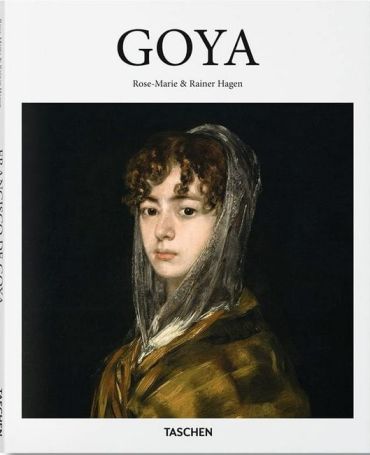
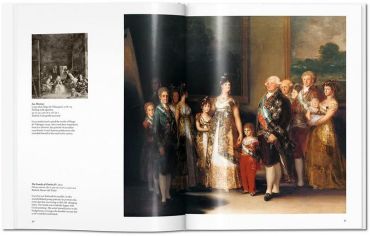
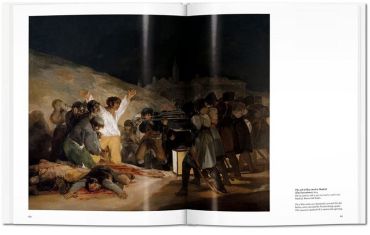
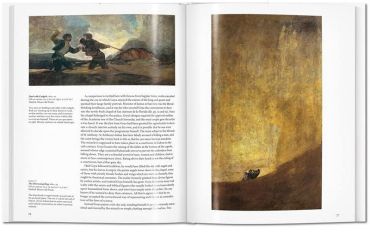
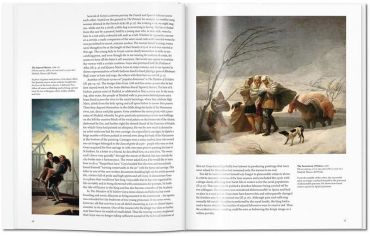
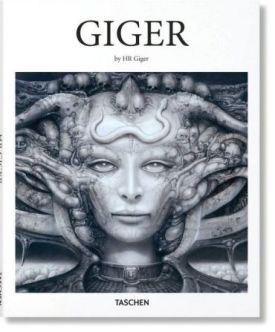

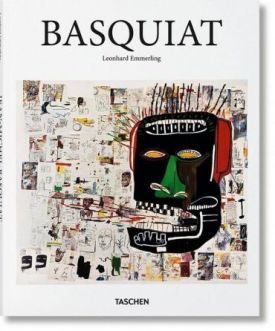
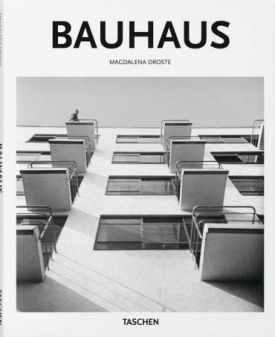
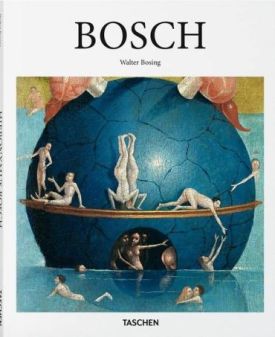
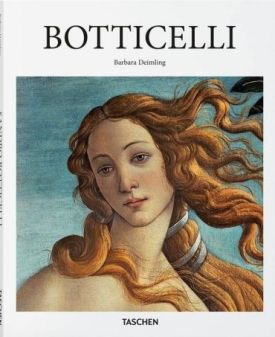
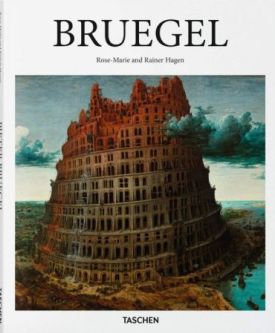
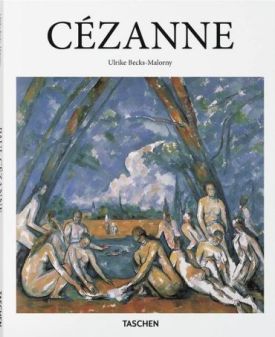
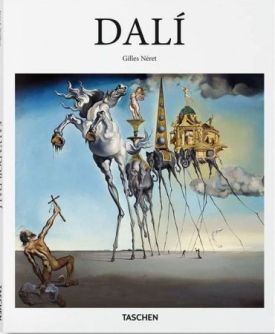










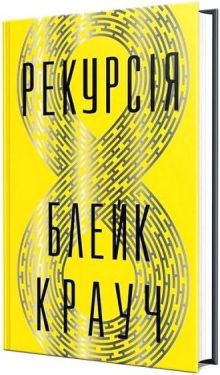
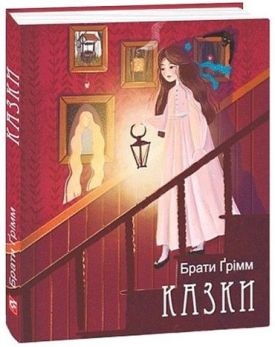
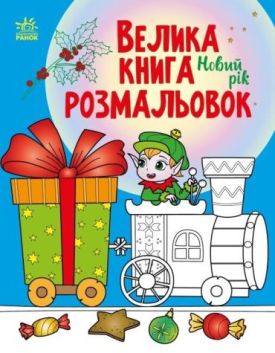



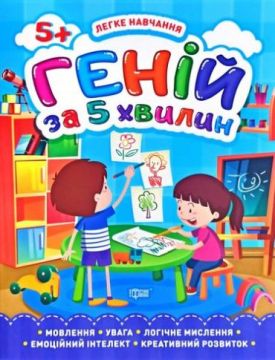
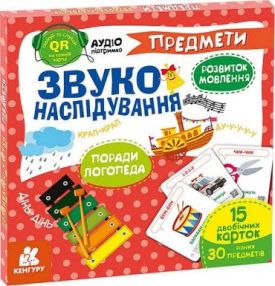

допоможіть тим, хто ще не читав